Hans Christian Andersen's well-known tale, "The Ugly Duckling", is the story of an ugly juvenile bird that matures into a beautiful swan. But the transformation of moths and butterflies from caterpillars to adults is a much more dramatic and complex change than the development of a swan from "duckling" to adult.
From this:
Caterpillars of one of North America's largest moths, Hyalophora cecropia, hatching from eggs that are about 2mm in diameter.
To this in about 7 weeks:
Fifth instar caterpillar the Cecropia moth [5th instar means the caterpillar has molted 4 times].
This metamorphosis from a tiny black hatchling to such a big canvas of pastel-colored green and blue is almost as amazing as what happens next in its life: after over-wintering for about 8 months in its cocoon, what emerges bears no resemblance at all to what came before. This caterpillar has grown from a tiny hatchling barely 3/8" long, shedding its skin four times to become larger than an adult's forefinger. From here, it will spin a cocoon, shed its skin inside the cocoon to become a pupa, and overwinter before emerging as an adult next summer.
And when it does emerge, it will be as a stunning beauty with startling eye spots, and a feathery/furry coat with colors from rose to gray to creme to cinnamon:
Adult female Cecropia moth.
But what is most amazing is how complex and thorough are the changes these animals undergo from egg to adult. It takes more than a year to develop from a tiny egg, through five molts as a caterpillar, overwintering as a pupa inside its cocoon, and finally emerging as an adult moth. The adults exist to breed and produce eggs, and have no functional mouthparts for feeding. Having lived into their second summer, their lifespan as adults is only about a week after emerging from their cocoons.
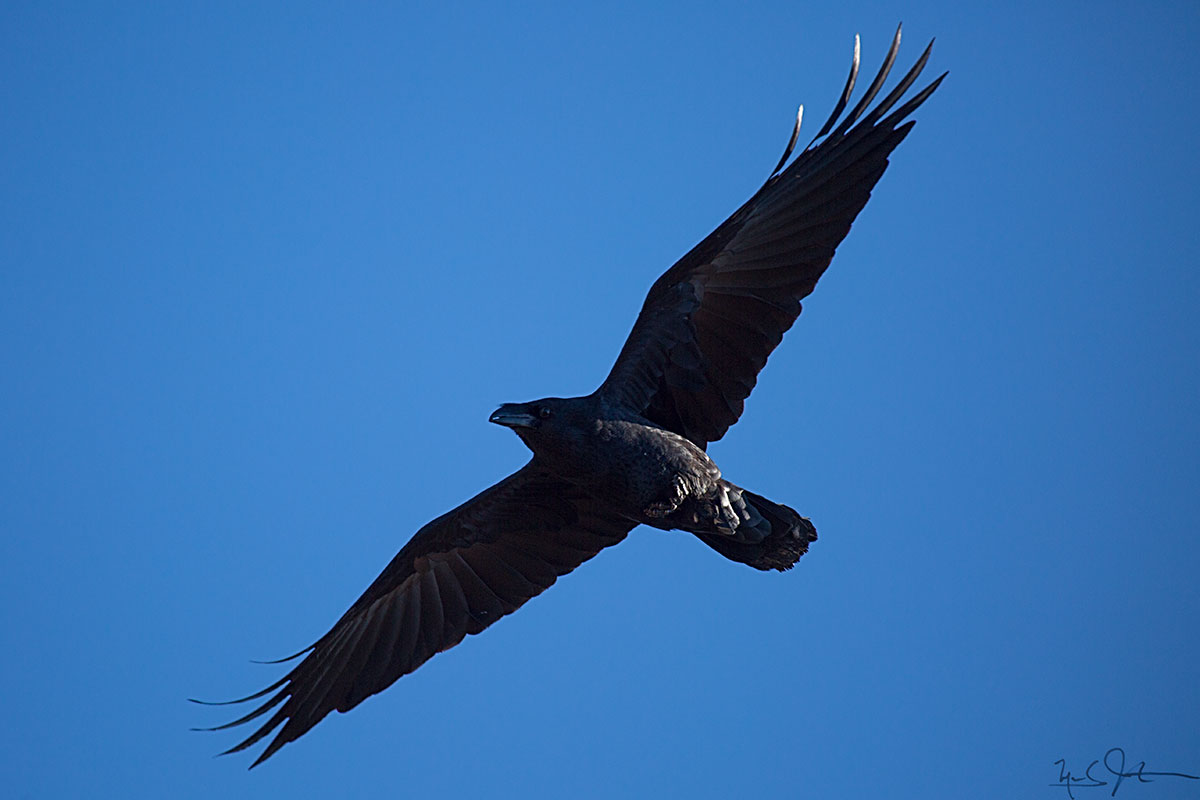
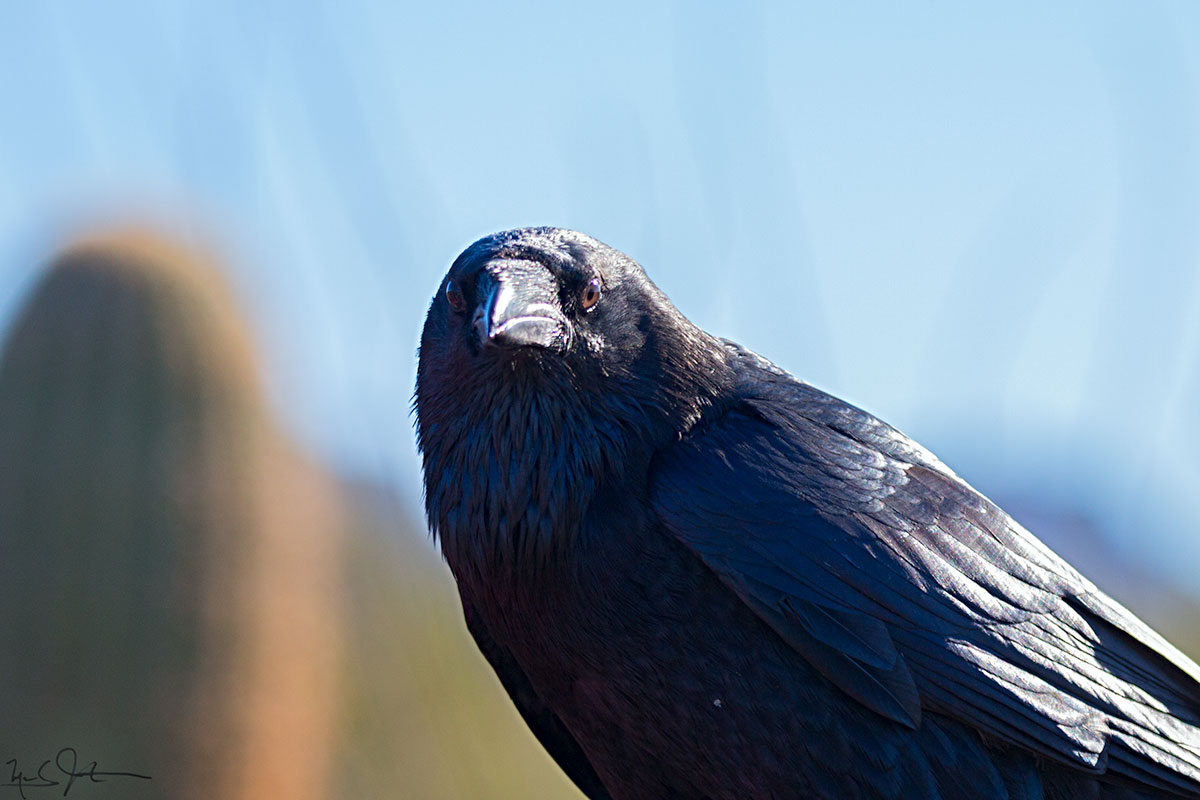
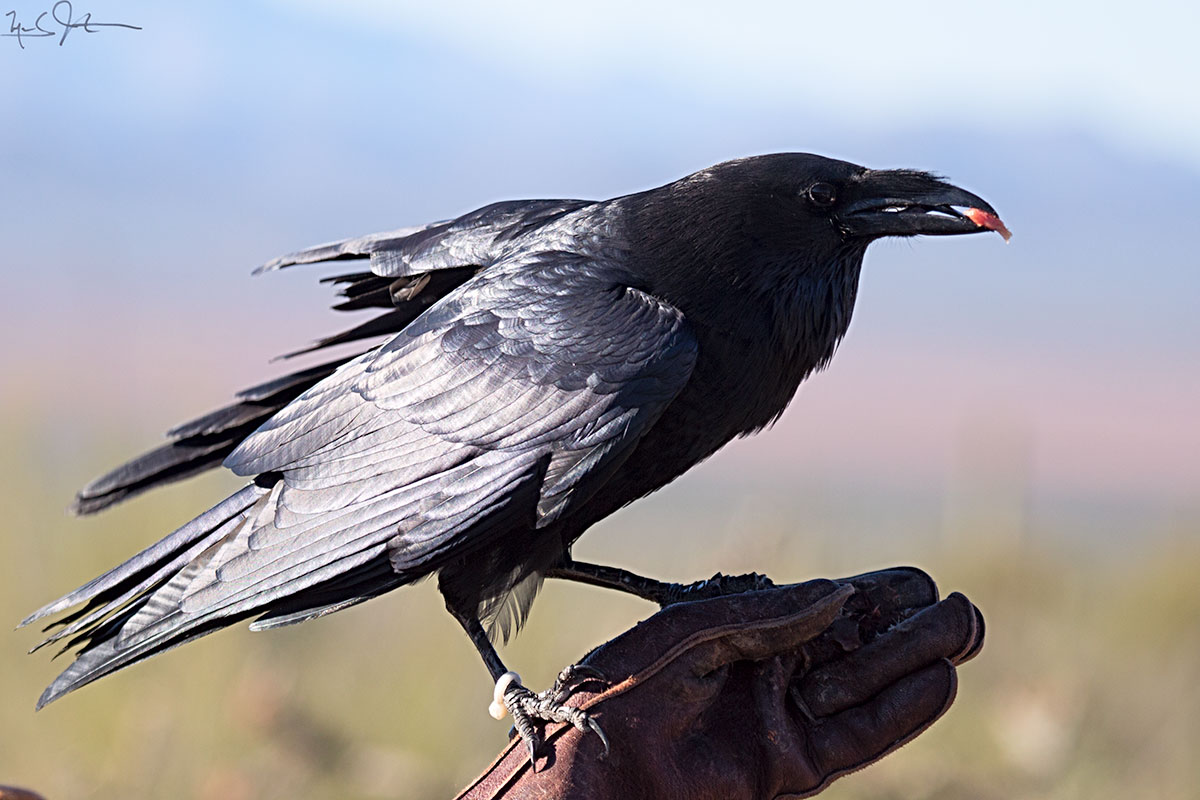
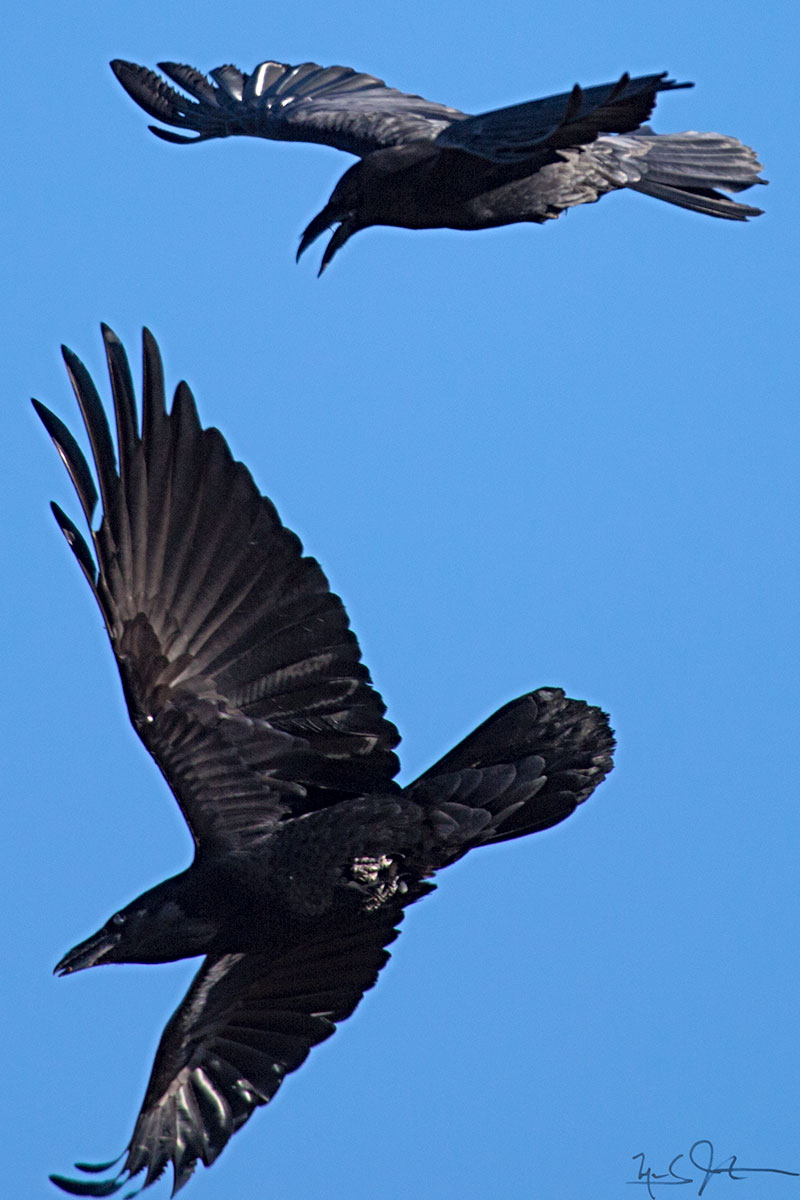









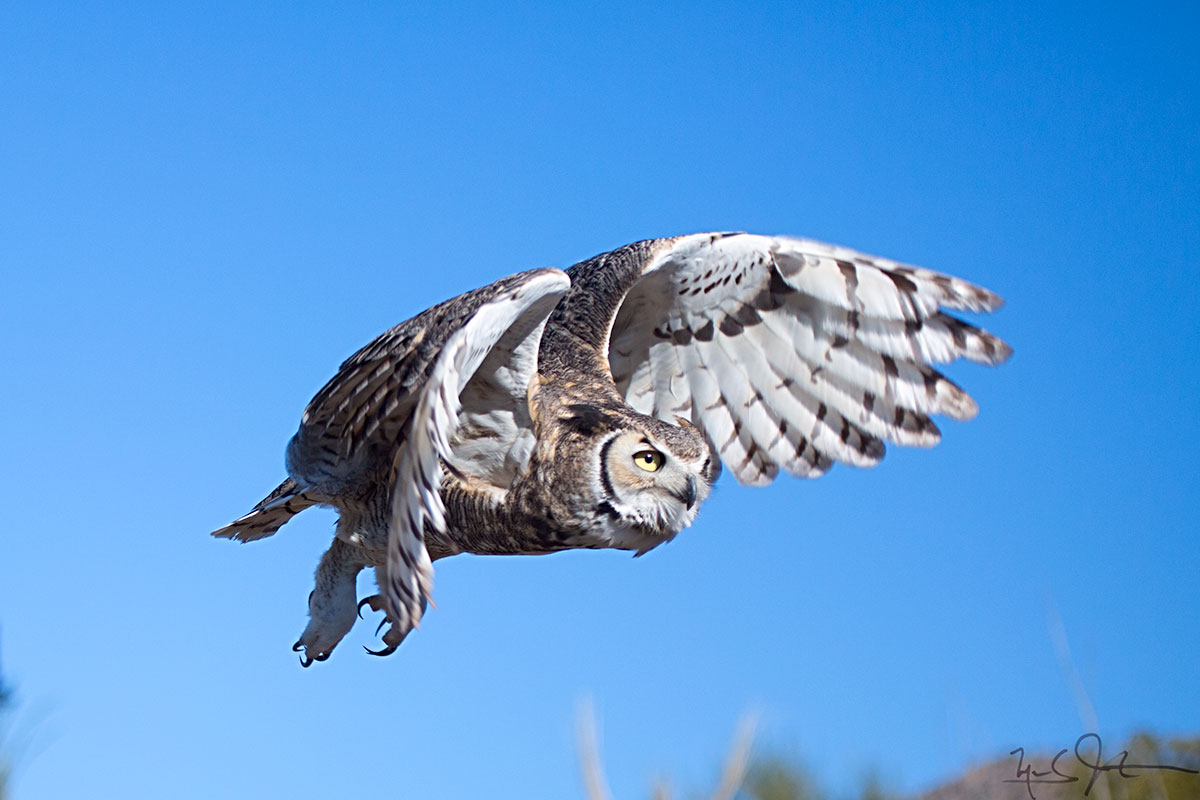
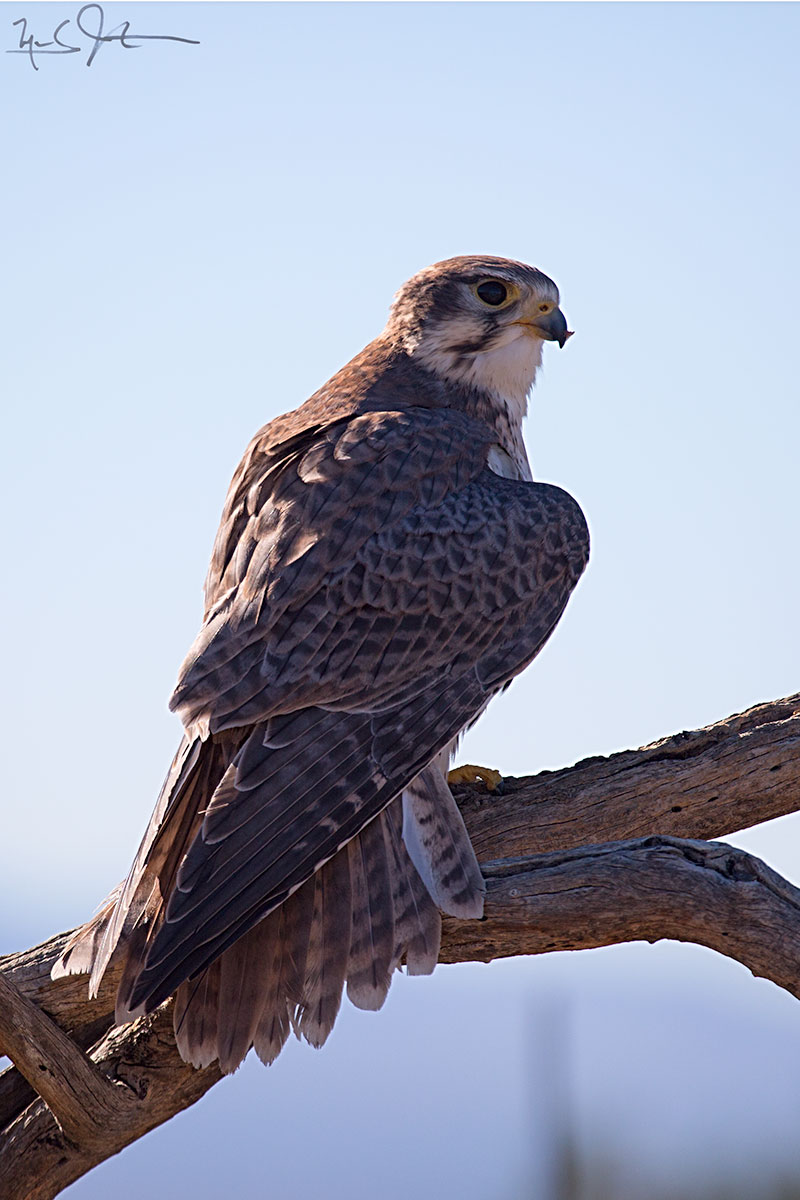








![Black Lake [elev. 10,620 ft] under an overcast sky. The mountain at right is Chiefs Head Peak - the chief is reclining with his nose at the right edge and chin a bit to the left.](https://images.squarespace-cdn.com/content/v1/5005dbf284aebe9f4d09d4f5/1413205525591-I5LZOGZ345CRXKHP8R9Z/image-asset.jpeg)









